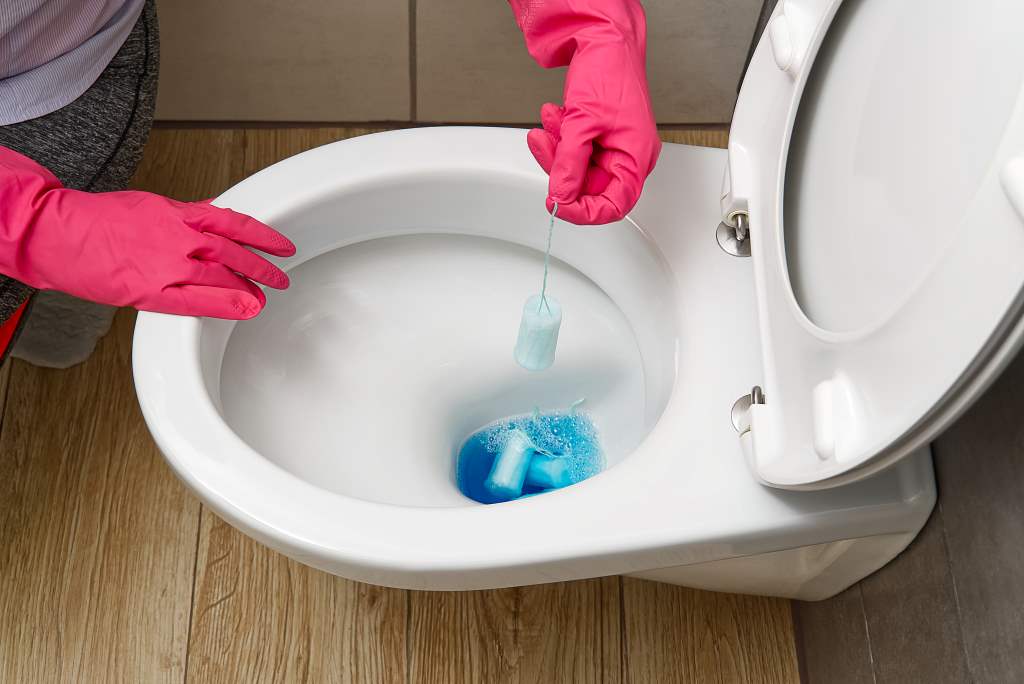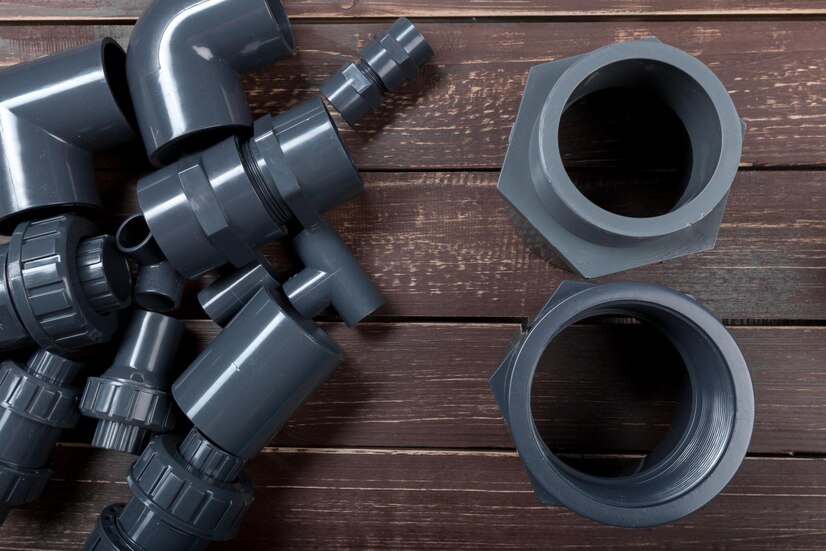A humidifier is an appliance that warms up the air in a room and then releases moisture into the air to create humidity. You might not notice a difference in your home’s air quality, but it can affect your health. This article will tell you how to recharge a dehumidifier to work more efficiently and keep the humidity level low in your home.
Why does a humidifier need to be recharged?
A humidifier needs to be recharged when the water filter becomes clogged. The water filter traps oils and debris from the air and sends them down the concentration coil, where they are evaporated. Over time, the filter will become clogged with oils and debris and will no longer be effective in evaporating these particles.
When the device is first installed, it may require a full charge in order to establish an optimum operating humidity level. Over time, the water in the tank may evaporate, producing a lower level of humidity in the room. This can be exacerbated by activities like smoking, which add chemicals and moisture to the air. In extreme cases, the water tank may need to be replaced altogether if it becomes completely depleted.
How do you know if your humidifier is running out of power?
If your humidifier is not producing any mist, or if the mist is only produced intermittently, then it may be time to drain and refill the humidifier. To drain and refill a humidifier, first, locate the power cord. This cord will usually be located near the base of the humidifier. Once you have located the power cord, unplug the humidifier from the wall outlet and remove the filter by unscrewing it. Next, remove the cap on the humidifier’s water tank. Carefully pour out all of the water from the tank into a cup or other container. Replace the cap on the water tank and screw it back onto the humidifier. Reattach the filter to the humidifier and plug it back into an AC outlet.
You can check if your humidifier is running out of power by using the following steps.
- Remove the water tank from the humidifier.
- Locate and turn off the power supply to the humidifier.
- Remove the filter from the water tank.
- Place one end of a hose into the water tank and place the other end into a bucket or sink. Turn on the water supply to the humidifier until it starts flowing slowly out of the hose.
- Wait 10 minutes and turn off the water supply to the humidifier. The amount of water that flowed out of the humidifier should be about half of what it was when you first turned on the water supply to it. If it is not, then your humidifier may need new filters or a new water tank.
What should you do before charging your humidifier?
If you have a humidifier that requires charging, always unplug it before doing so! This will avoid any possibility of an electrical shock.
Next, remove the filter if applicable. Wipe the entire unit down with a damp cloth to remove any built-up moisture.
Finally, place the humidifier on its side on a flat surface and plug it in. The indicator light will turn on and stay lit while the humidifier is charging. When it’s done, the light will turn off and the humidifier can be used.
How to charge a dehumidifier the right way
To charge a dehumidifier the right way, follow these four simple steps:
- Use a power adapter that is specifically designed for dehumidifiers. This will ensure that the unit gets the most juice it can from the outlet.
- Make sure you have enough room on your electrical outlet to accommodate the size of the dehumidifier. Many units require up to 12 amps of electricity, which can be a problem if your outlet is only rated for 7 amps.
- Turn off the power to the dehumidifier before you plug in the power adapter. This will help avoid any possible shock or fire hazard.
- Wait at least an hour after plugging in the power adapter before turning on the dehumidifier. This will allow the unit to fully recharge its battery.
- Avoid using the dehumidifier if it has not been inserted into any ports, as this will create a safety hazard.
- If you move the unit, make sure to unplug it before doing so. This is a very easy way to ensure that your dehumidifier works optimally and will last for years!
Conclusion
If your home is regularly afflicted with dry air, you may be considering investing in a humidifier. But before you pull the trigger, it’s important to know how to drain a humidifier properly so that it won’t leave your home smelling like a wet dog and causing potential asthma triggers. In this article, we’ll teach you how to do just that. Read on to learn how to drain a humidifier and keep your home dry and healthy all at the same time!






